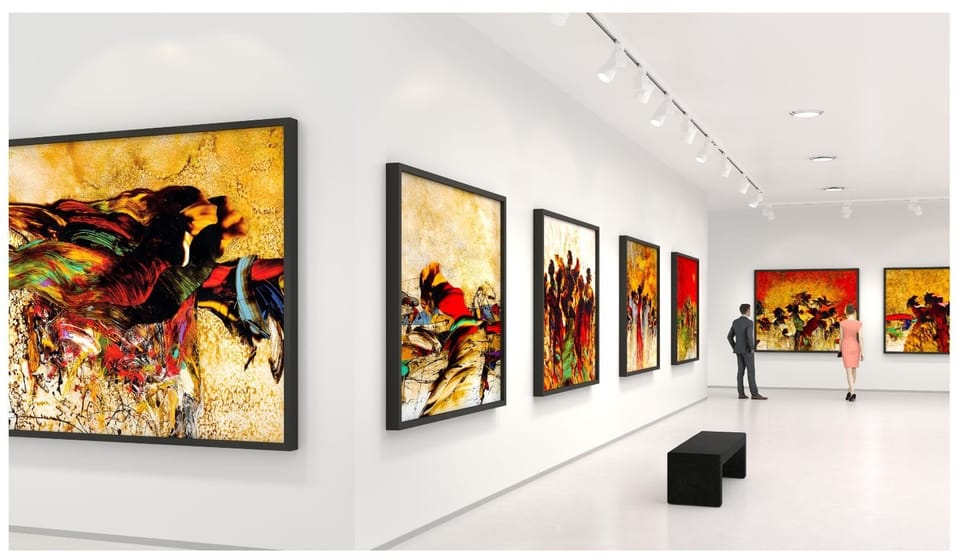Art: A billionaire's side hustle

My university experience, and the bulk of my life in general, is riddled with a love for TV series that emphasizes the alure of sophisticated criminal enterprises. There’s a fascination with shows like White Collar, Narcos and The Blacklist. So much so that I began to learn Spanish while enthralled by one called El Dragon.
Clearly, I have a type, and I’ve made peace with that. But how does this relate to art? And why would anyone want to own a piece of canvas with a tainted past?
Well, in each show, an art collection features as a common theme. But not just any art collection, a prized collection of rare pieces that not only have sentimental value but also exorbitant real value. The kind of value that is often passed down in inheritances for generations or sold at private auctions for undisclosed amounts of money to anonymous buyers. Who doesn’t love a good collection, remember the classic cars investment case?
Beyond Picasso and Van Gogh
So how do I convince you that this goes beyond Pablo Picasso, Claude Monet, and Vincent Van Gogh. What sort of validation is needed to make the case that art may be a more subtle way of adding a few zeros to your net worth? Well, a few names come to mind that can hopefully help with that.
Sanlam being the first. They not only have an art curator of their own, but they have an extensive collection available for viewing. Perhaps that’s where Patrice Mostepe’s million-dollar Picasso drawing is cleaned weekly. Another name that may interest you is the Rupert Museum which, in 2014, had an art collection valued at around R300 million. If it’s good enough for the billionaires, its good enough for us.
There is the question mark that hangs over the practice of donating your art to a museum for some or other tax incentive that can not be ignored.
But museums aren’t the villains they’ve been made out to be. In fact, museums are the best custodians of art and, if you don’t want little Sarah practicing her colouring skills on your Rembrandt, you need a good custodian. There is of course the added benefit that your art is insured while in their care and that the museum could be an avenue to generate a return on your investment through a percentage of the viewing fees (think Leo Messi’s MLS deal on ticket sales).
No longer inaccessible
The problem with luxury collectables like art is that the valuable ones are extremely exclusive and highly inaccessible. Unless you’re on a Sotheby’s private mailing list, you can safely assume you won’t be receiving any invitations to the auctioning of a Monet. Thankfully though, there are now more ways to access this market through things like art funds, digital marketplaces, and we’re even exploring tokenized solutions as well. Sidenote, if you are on a private mailing list and reading this, please let me know, I have a few follow up questions.
As with everything, the yin has its yang and art is no different. SARB seizing R98 million worth of art from the Silveroak Trust (Markus Jooste) comes to mind. Mainly because it raises a few questions. Like, did someone tell Simon Rudland to purchase a few Van Goghs, just in case? Is a piece covered by insurance if it is damaged while in the possession of the authorities? And which curator decides that my William Kentridge piece is worth less than yours? We’ll may never really know.
What we do know is that it is enough for art to be its own asset class and for SARS to include legislation that deals with the tax implications of owning it. This means that they too recognize the value of art as part of your wealth.
Speaking of wealth, perhaps the real treasure is in understanding how these, and other complex transactions are being financed. Surely someone wants to know where the money comes from.
